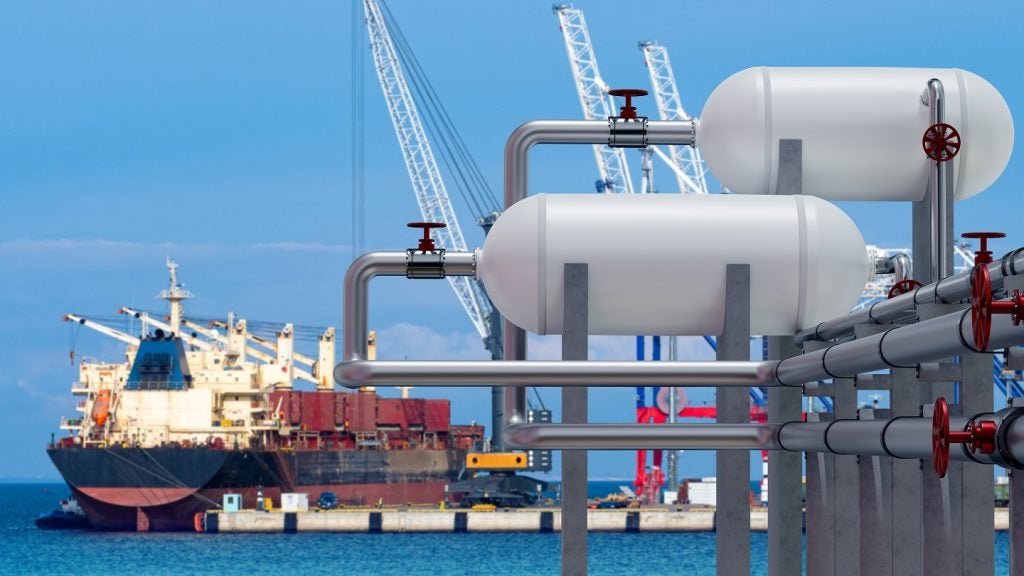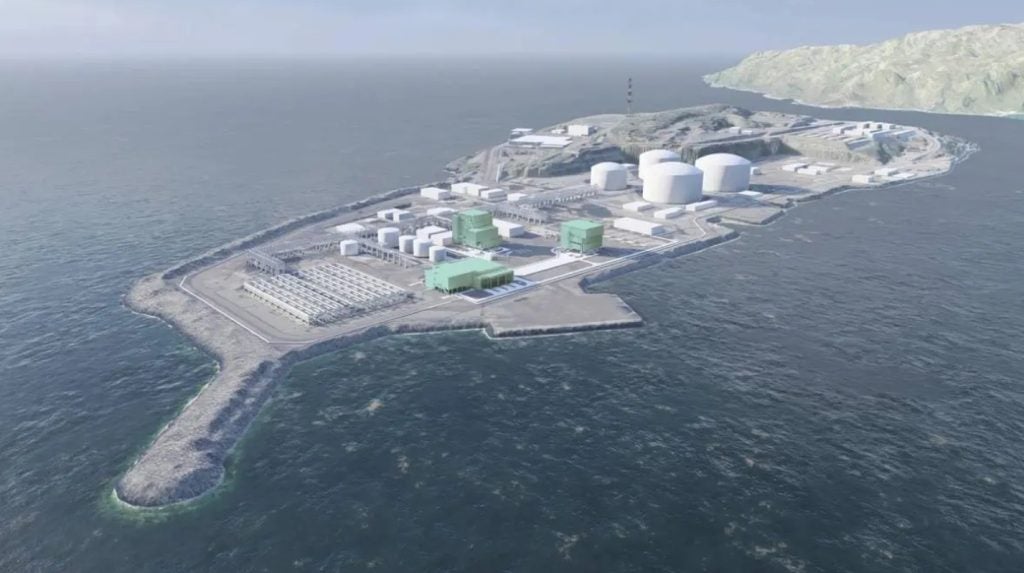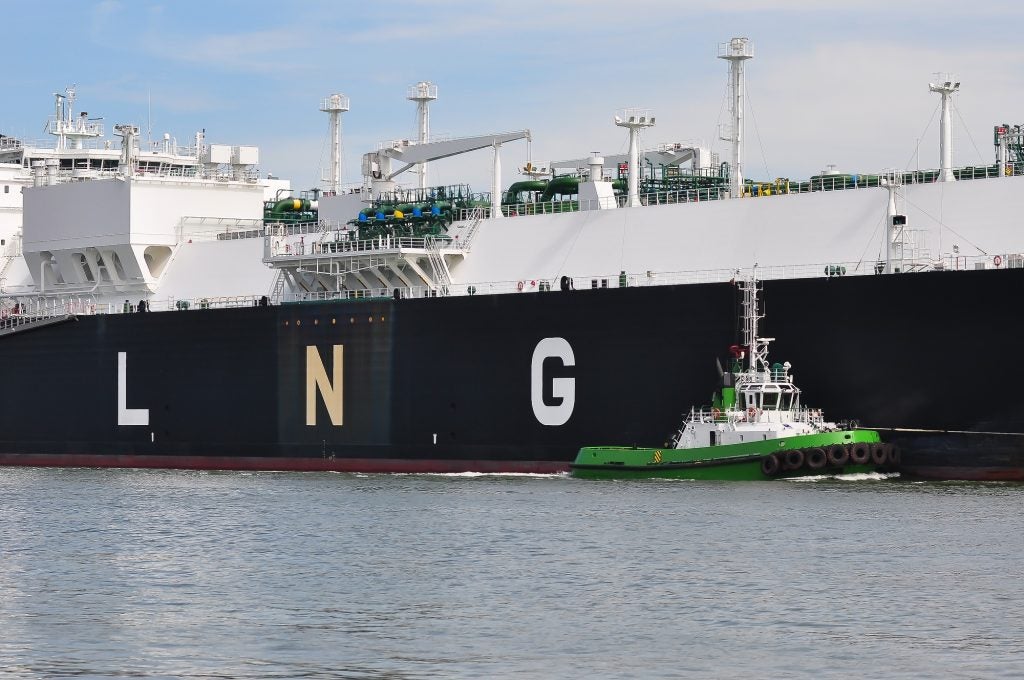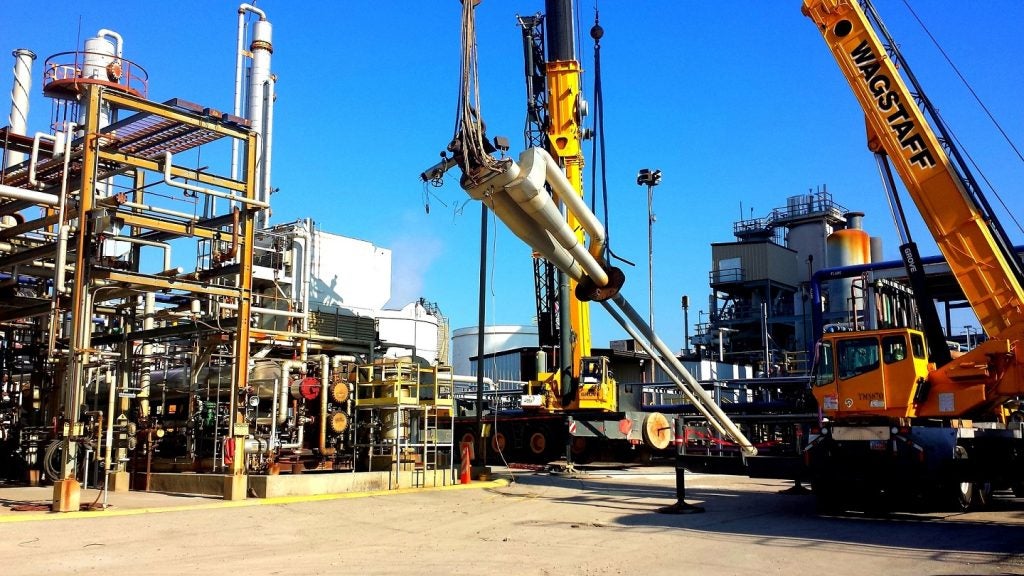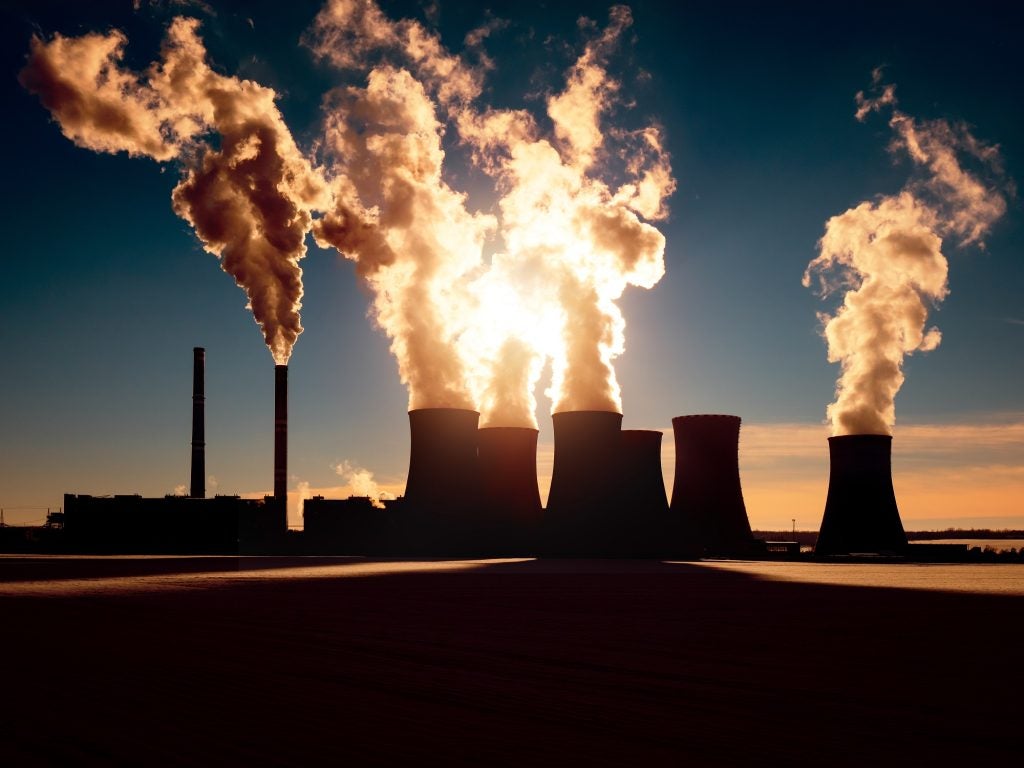Woodside Energy has signed an agreement to sell a 10% participating interest in Scarborough gas project in Australia to LNG Japan’s wholly owned subsidiary, LJ Scarborough, for $500m (A$770m) (Y71.5bn).
LNG Japan is 50/50 joint venture (JV) between Sumitomo and Sojitz.
From the transaction’s effective date, which is 01 January 2022, LNG Japan will repay Woodside for its portion of spending for the Scarborough project.
The total consideration of the transaction comprising the purchase price, reimbursed expenditure and any escalation is estimated at about $880m.
Subject to relevant Australian and Western Australian government approvals, the transaction is planned for completion in the first quarter of 2024.
Upon completion of the deal, Woodside will hold a 90% interest in the Scarborough JV and continue to serve as its operator.
The Scarborough JV comprises the Scarborough field and related offshore and subsea infrastructure.
The gas field is located approximately 375 km off the coast of Western Australia.
The Scarborough gas project entails installation of a floating production unit, featuring eight wells that are planned to be drilled during the initial phase. An additional 13 wells will be drilled over the lifespan of the field.
Furthermore, Woodside has signed non-binding heads of agreement with LNG Japan whereby the latter will receive 12 LNG cargoes annually, equivalent to about 0.9 million tonnes per annum over a period of ten years. This will be effective from 2026.
LNG Japan CEO Kyo Onojima said: “We are very pleased to join the Scarborough Joint Venture and are looking forward to finalising the LNG offtake agreement and exploring business opportunities in the new energy sector.”
Woodside CEO Meg O’Neill said: “The support of LNG Japan is testament to the quality of the Scarborough project. It also underscores the ongoing demand from Japanese buyers for new supplies of gas and the role of gas in supporting Japan’s energy security.”
Woodside has also signed non-binding agreements with Sumitomo and Sojitz to collaborate on exploring prospects in emerging energy sectors. These could include hydrogen, ammonia, carbon capture and storage, and carbon management technology.


